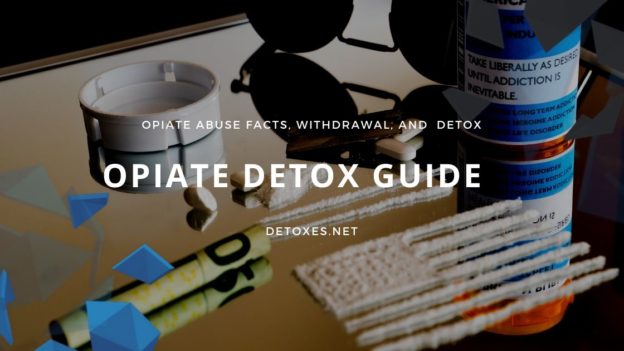The Centers for Disease Control and Prevention (2018) showed that, in 2017, the number of overdose deaths involving opioids was six times higher than the number of deaths in 1999. Other staggering statistics cited were as follows:
- 68% of drug overdose deaths in 2017 involved an opioid
- 130 Americans die every day from an opioid overdose
- Overdose deaths secondary to heroin has increased from 2010 and now plateaued
- Overdose deaths secondary to synthetic opioids significantly spiked in 2013 and has continued to rise
As mentioned, natural opiates include morphine, codeine and heroin. Synthetic opioids include fentanyl, pethidine, tramadol and methadone (Fareed et al., 2011).
Opioids have an incredibly high potential for addiction, even if used as appropriately prescribed. The opioid receptors in the brain that these drugs bind to are responsible for pain and pleasure (Fareed et al., 2011). A tolerance is also quickly developed against opioids. This means that most addicts never get that same “first high” again, and forever “chase” that high. Therefore, a terrible cycle ensues that leads to a person taking ever-increasing dosages. These ramped-up doses are often responsible for the high rate of overdoses and deaths.
Intoxication produces the following (Fareed et al., 2011):
- Feelings of euphoria
- Relief of anxiety
- Constipation
- Numbing of pain
- Pinpoint pupils
- Sweating
- Nausea and vomiting
- Impairment of memory, concentration and attention
Eventually, feelings of apathy occur as well as decreased bodily movement. It can produce convulsions, decreased breathing and confusion if used in high enough doses. As highlighted by Darke & Hall (2003), large doses can be potentially lethal and accidental overdose is the commonest cause of death in heroin users. This risk increases with the use of other depressant drugs such as alcohol, other opioids or benzodiazepines.




